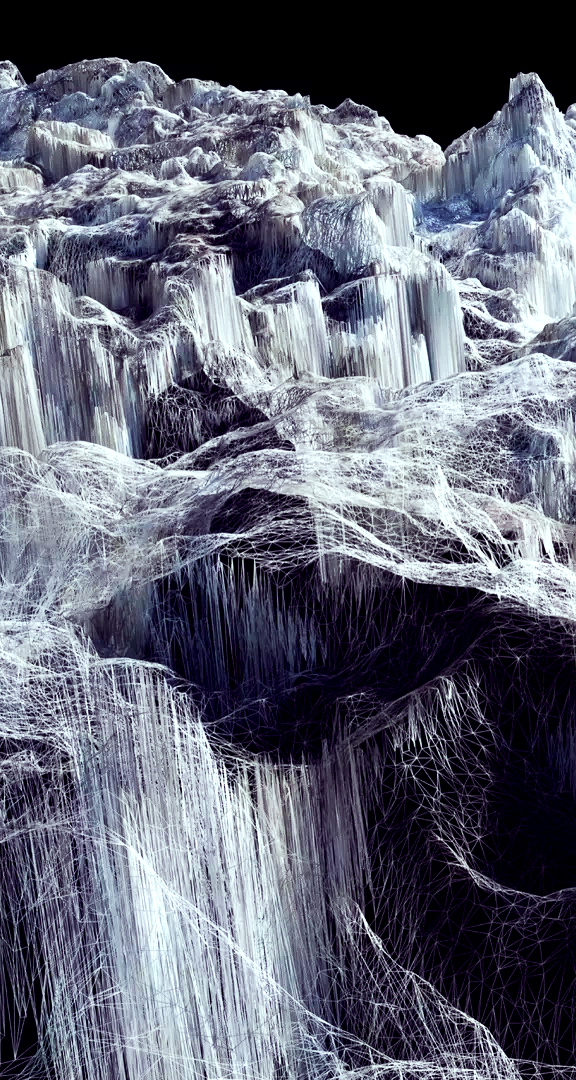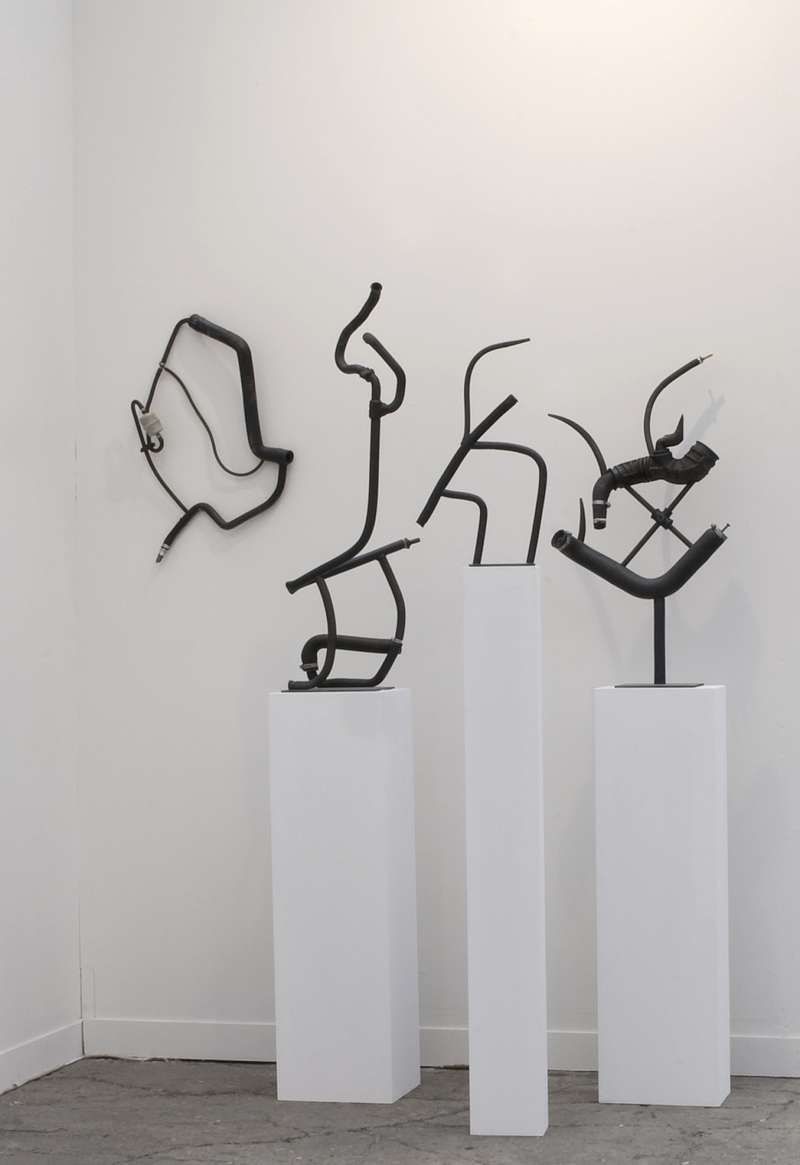


Dan Holdsworth
Acceleration Structures
Dan Holdsworth’s ‘Acceleration Structures’ explores and examines the topography of three great Alpine glaciers, capturing their fragility and intricacy like no artist has done before. Using geomapping technology, Holdsworth’s films guide the viewer through the skeletal landscape of each glacier, giving a unique perspective and a new understanding of their geography.

Fiona Tan
פיונה טאן
フィオナ·タン
ФИОНА ТАН
فيونا تان
Geography of Time
The artist Fiona Tan is among the outstanding artists of the present. The survey “Geography of Time” focuses on major works from her film oeuvre – for example the double projection “Rise and Fall” – as well as on the latest developments in her work, which increasingly takes the form of installation environments.

DOUG AITKEN
ダグエイケン
道格·艾特肯
altered earth
Aitken’s focus is the Camargue region of southern France, where he’s spent months capturing the reedy lagoons, splendid fauna and empty panoramas of a geography that’s been settled since Roman times yet scarcely developed since. The snippets of life are werer shown as ’Altered Earth: Arles, city of moving images’, an exhibition at the Parc des Ateliers in historic Arles. In the park’s hangar-like Grande Halle, Aitken’s enormous cinematic screens create what he calls ’an almost holographic view of the physical landscape’. They dangle from the vaulted ceiling like fantastical backdrops in a Hollywood sound studio, drawing the viewer into the landscape. He calls the effect ’liquid architecture’, though it’s unclear whether he’s referring to the venue, which seems to melt away in the background, or the labyrinthine arrangement of screens, which guide visitors like the current of a winding stream.

Camille Henrot
Endangered Species
Best-known for her videos and animated films combining drawn art, music and occasionally scratched or reworked cinematic images, Camille Henrot’s work blurs the traditionally hierarchical categories of art history. Her recent work, adapted into the diverse media of sculpture, drawing, photography and, as always, film, considers the fascination with the “other” and “elsewhere” in terms of both geography and sexuality. This fascination is reflected in popular modern myths that have inspired her, such as King Kong and Frankenstein. The artist’s impure, hybrid objects cast doubt upon the linear and partitioned transcription of Western history and highlight its borrowings and grey areas. In the series of sculptures Endangered Species, for example, the artist has created objects inspired by African art by using pieces from car engines; placed on tall pedestals, these slender silhouettes with zoomorphic allure make reference to the migration of symbols and forms as well as to the economic circulation of objects. This survival of the past, full of misunderstandings, shifts and projections (as shown in the slideshow Egyptomania, the film Cynopolis, drawings of the Sphinx, and even in the photographs of prehistoric flints) troubles cultural codes and conventions. In this way, Camille Henrot’s work questions mental resistances and the past’s resonance, whether it be drawn from myth or from reality.